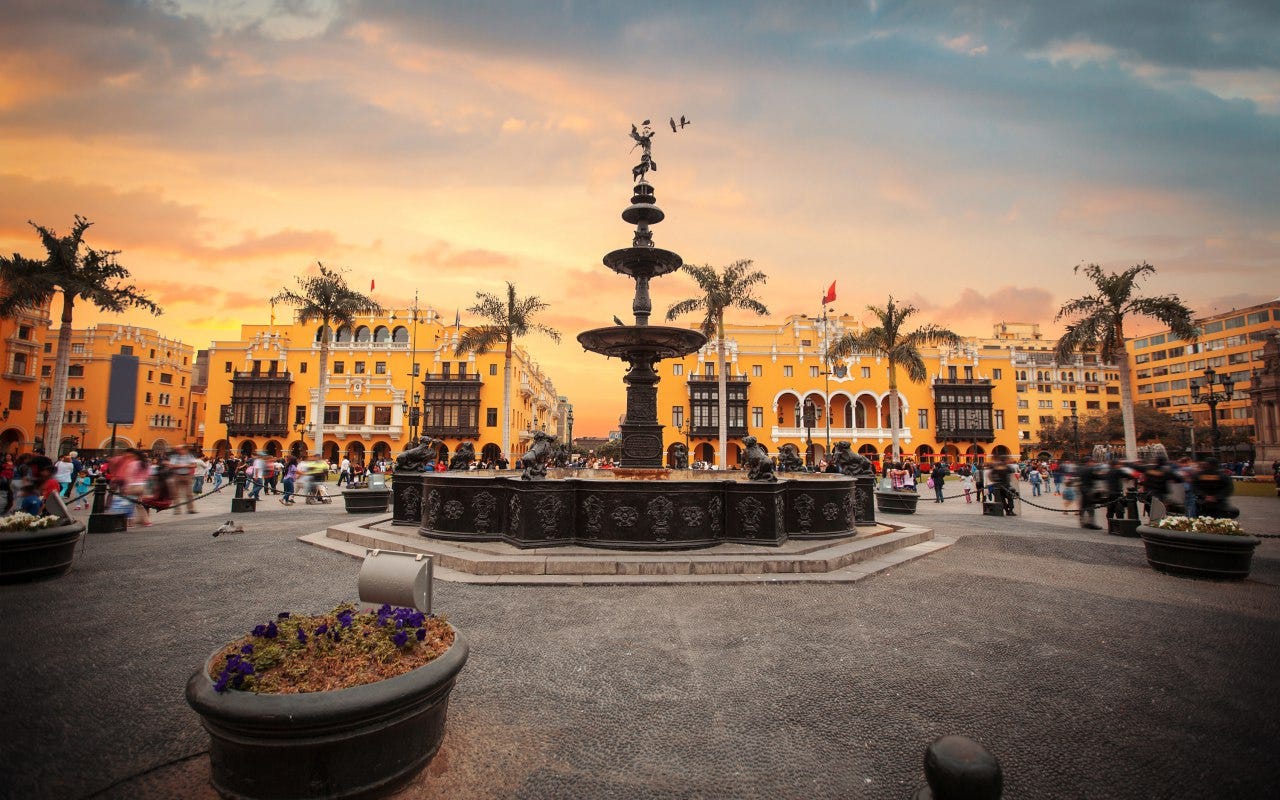Ecosystem Deep Dives #29: Peru - Late Bloomer
After a late start due to a historically import-driven tech sector, the Peruvian startup ecosystem is finally heating up.

A difficult start
The Andine country of Peru went through difficult decades in the 70’s and 80’s, marked by periods of extreme violence and subsequent economic catastrophe. After finally opening up its economy in the 90’s, the country is still reeling from the talent lost during its tumultuous years, a price its startup ecosystem is still paying today. While still flawed in many ways, Peru is seen as a 2010’s economic success, drawing comparisons to its Bolivian neighbor.
While startups might not be the priority of the newly-elected Peruvian president (far-left on the political scale), the country’s ecosystem has been greatly vitalized in the past decade, beginning in 2012 to be precise. Indeed, that year marked the launch of Startup Peru, a state-financed and state-led startup accelerator. This model, strongly inspired by the success of Startup Chile, is often necessary in countries where severe brain drain and lack of conglomerate innovation stifle the emergence of a national startup ecosystem.
In the same spirit of state-impulsed innovation, COFIDE (Peru’s development bank) launched a “fund of funds” program, aimed at financing the creation of local VC’s. These fund of funds initiatives can be a game changer in countries with a lackluster VC scene resulting from frisky institutional investors. A case in point of this ‘fund of funds’ initiative is Greece, where a large part of the country’s successful VCs were born out of the Equi’Fund program.


